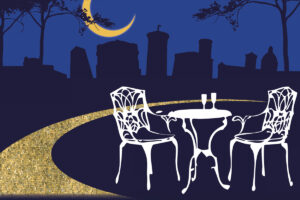If we move south from Ravenna and head towards Via Emilia, the area of the Apennines offers a great range of experiences, to dive into the nature, culture and history of the territory.
The main departure points for the tour are the Valley of the Lamone river or of the Senio river. Moreover, not to be missed are the cities of art, such as Faenza, Forlì, Cesena, and the villages of Brisighella, Casola Valsenio and Riolo Terme.
By car, motorbike, or bicycle, on foot or horseback: on your journey you will see fortresses and castles, forgotten medieval villages, well-equipped areas, spas, valleys and passes. Two itineraries above all: Cammino di Dante, tracing back the events and places related to the Supreme Poet, and the network of trails of the Vena del Gesso Romagnola Regional Park, such as the loop-trail of Carnè or the trail of Monte Mauro.
Faenza and Brisighella
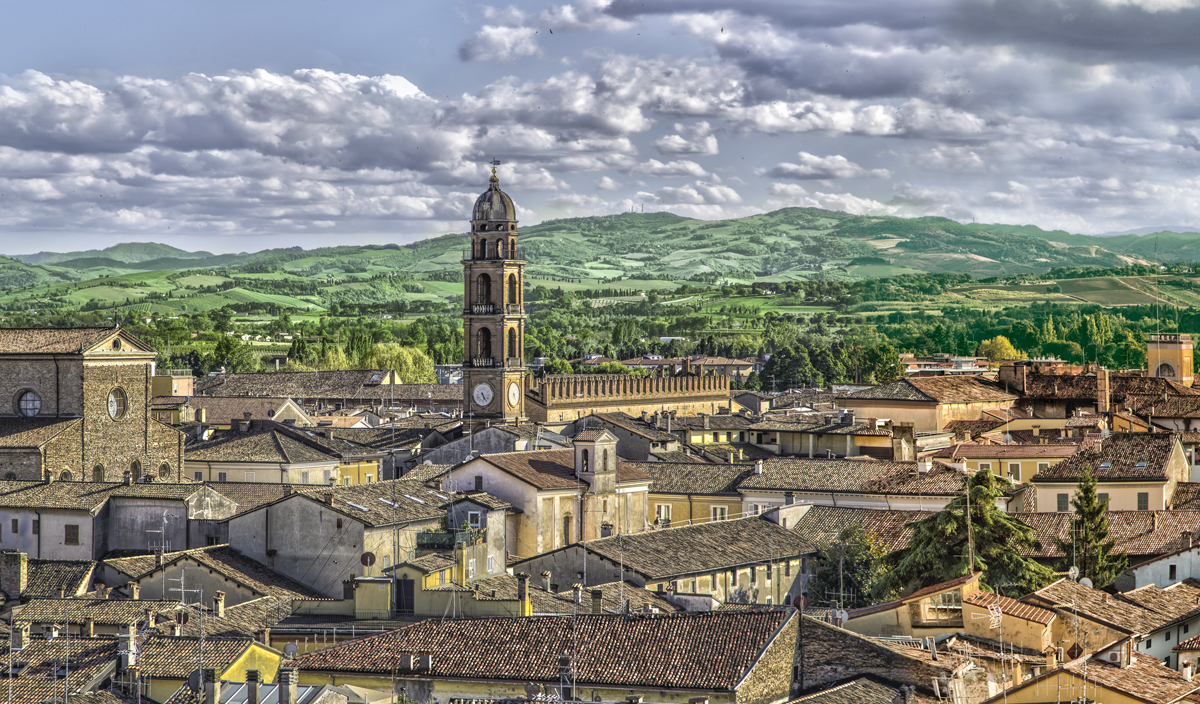
About 30 kilometres away from Ravenna, towards Bologna, is FAENZA, the second biggest city in the territory. Its importance in the Middle Ages still echoes in the beauty of its urban spaces around Piazza del Popolo and the nearby 15th-century Cathedral.
Not to be missed is the Mic – International Museum of Ceramics, an institution with more than a hundred years of history, with works of art coming from all over the world. The museum perfectly shows the city’s artistic vocation for ceramics.
In June, the city quarters liven up with Palio del Niballo, an equestrian competition that reawakens the Renaissance spirit and the splendours of the Manfredi noble family.
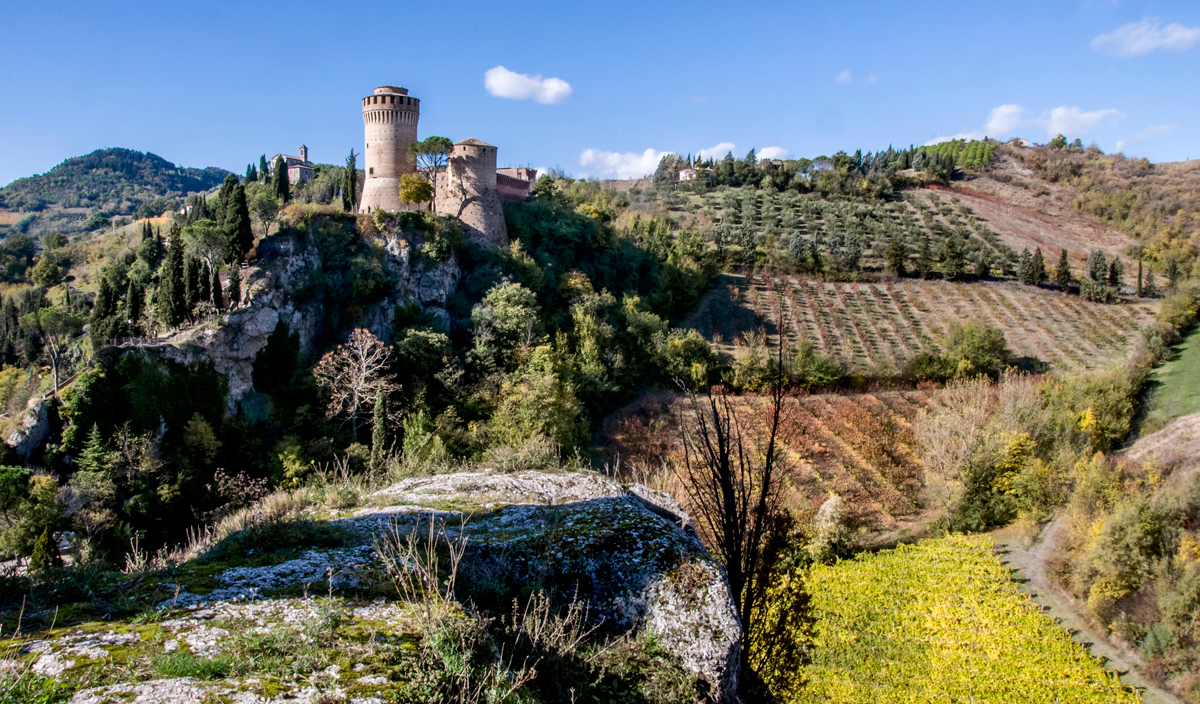
One of the most beautiful villages in Italy is BRISIGHELLA, which offers a truly unique atmosphere. You can reach it by train or leave the car just outside the city walls. From here, you will walk along the medieval streets of Brisighella. Via del Borgo, for instance, is a magnificent elevated and enclosed street running under the imposing castle.
Since you are in Brisighella, taste some typical dishes in one of the many inns or enjoy the landscape. Looking in the direction of Monticino or of the Vena del Gesso Romagnola Regional Park, you will find amazing natural scenarios, with trails, caves and archaeological excavations.
Cesena
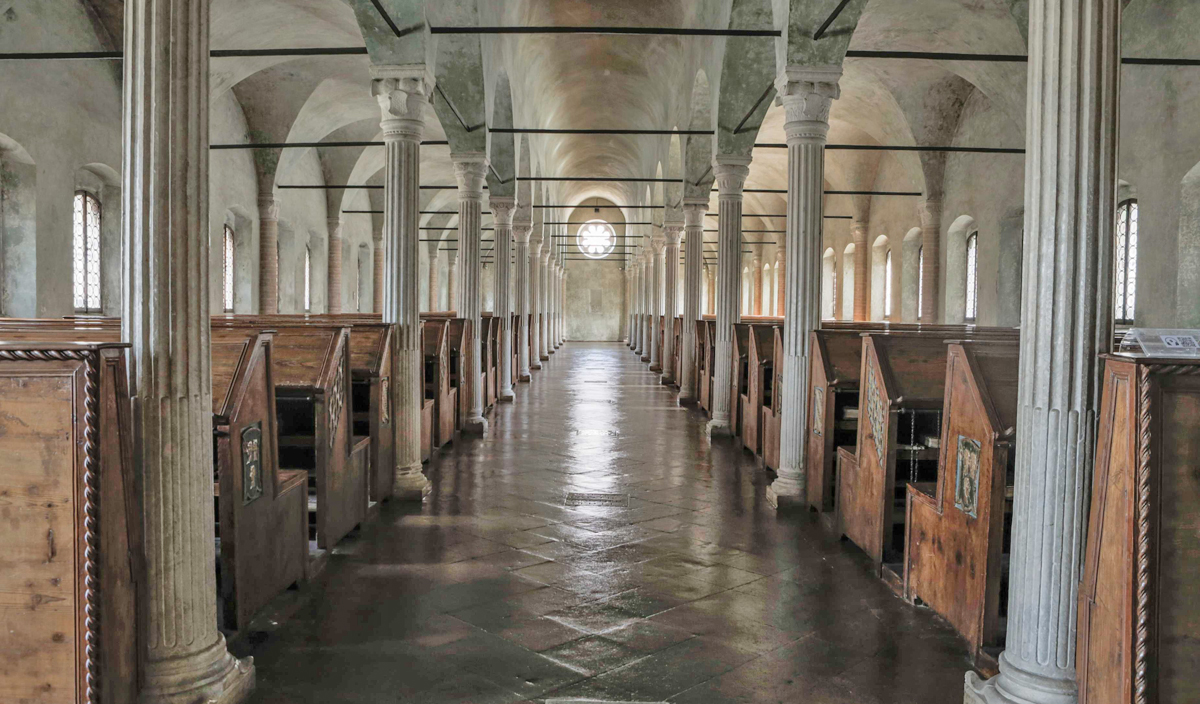
CESENA is one of the most important and oldest cities along Via Emilia. First Etruscan, then Roman, today it features a magnificent historical centre of medieval design.
The keystones on the map are the Malatesta Fortress and the Malatesta Library, which are the legacy of the most important period of the city’s long-lasting history. Cesena attracted many illustrious persons, such as Leonardo da Vinci and the Borgias. The Malatesta Library was Italy’s first civic library.It is the only extant Humanist Library in the world with a perfectly preserved structure and book collections, which is why it is part of the Unesco’s Memory of the World Register.
But Cesena also means modernity and culture thanks to sports and events organized by the Bonci Theatre and Villa Silvia; not to mention the great number of pubs and restaurants with food and drink experiences from the heart of Romagna.
In the surroundings, you will enjoy suggestive views in the Apennines, and the medieval villages of Sorrivoli and Monteleone, but also Longiano, Sogliano, Sarsina and lastly Bagno di Romagna, in the heart of the Foreste Casentinesi National Park.
Forlì
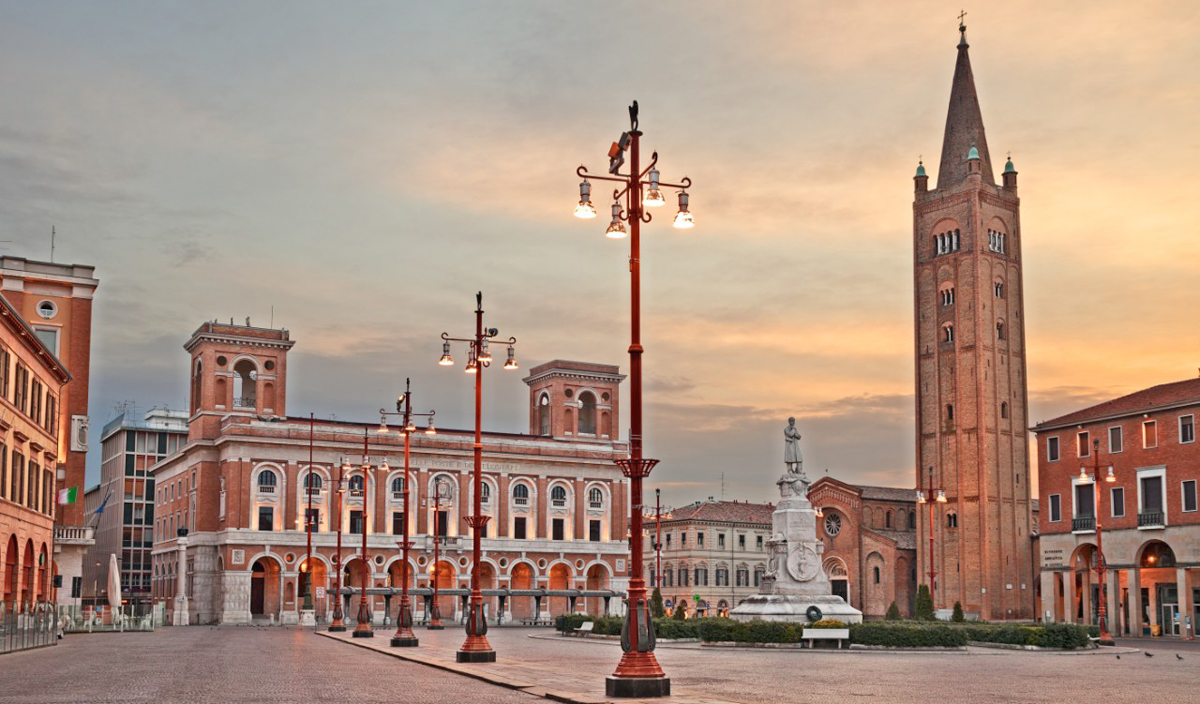
Along Via emilia is also FORLÌ, a city founded by the Romans, which had its moments of greatest splendour during the Renaissance and the first decades of the 20th century.
Both epochs left tangible marks, such as the Romanesque Church of San Mecuriale, Palazzo del Podestà, Palazzo Albertini, Palazzo delle Poste. Moreover, Mussolini’s dictatorship deeply reshaped the centre’s architecture, especially in Viale della Libertà and Piazzale della Vittoria.
Forlì is also site to one of the most important museum complexes in the region, namely Musei San Domenico. Every year, they host exhibitions of international importance.
In the surroundings, the Apennines offer suggestive views, first of all the medieval villages of Bertinoro and Predappio, but also Castrocaro Terme and Terra del Sole up to Portico di Romagna and Premilcuore.


